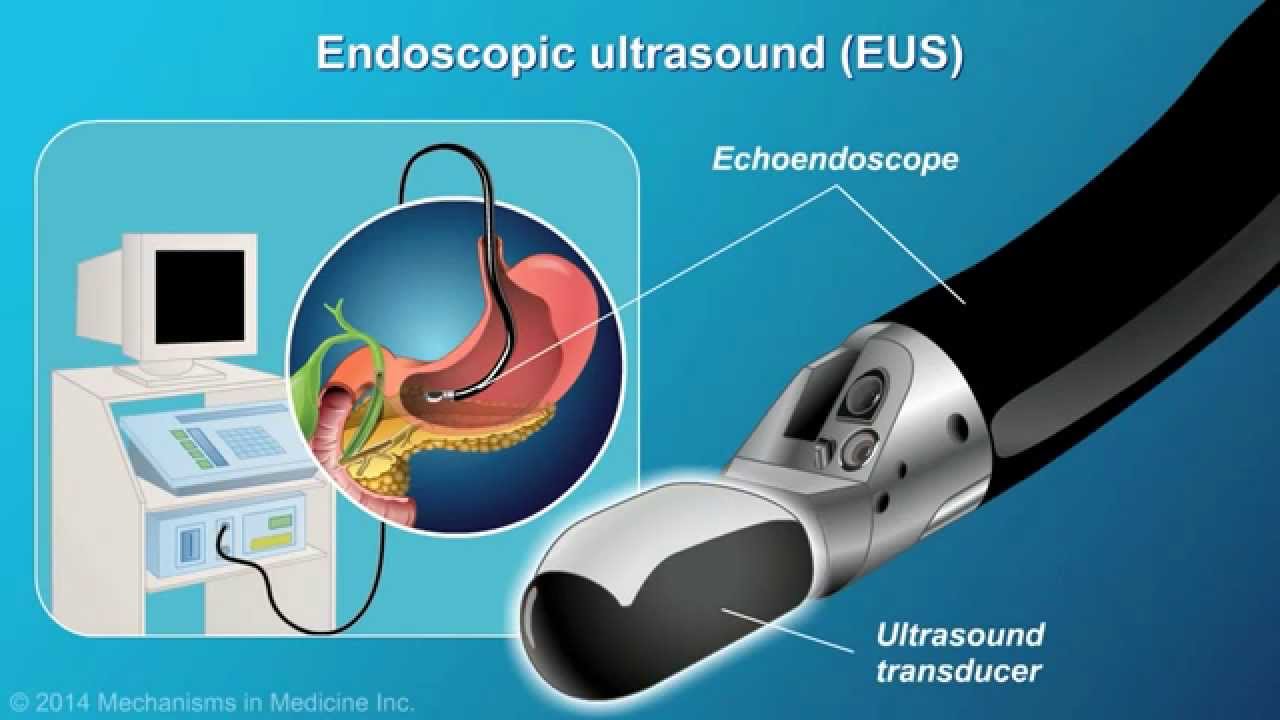Exploring the Potential of EUS: Endoscopic Ultrasound in Medical Imaging
Endoscopic Ultrasound, commonly referred to as EUS, is a cutting-edge medical imaging technique that has revolutionized the world of diagnostics and treatment. This article delves into the intricacies of EUS, its applications, and the significance it holds in modern healthcare.
Understanding EUS: What Is Endoscopic Ultrasound?
Before we dive into the depths of EUS, let’s begin with a fundamental question:

What Is EUS?
Endoscopic Ultrasound (EUS) is a minimally invasive medical procedure that combines endoscopy and ultrasound technology. It involves the use of a specialized endoscope equipped with an ultrasound transducer at its tip. This transducer emits high-frequency sound waves, which, when reflected, create detailed images of the internal structures of the body.
EUS is a versatile tool with a wide range of applications, making it an invaluable asset in various medical fields. Let’s explore its key uses and benefits.
The Versatility of EUS: Applications in Medical Diagnostics
EUS has rapidly gained recognition for its ability to provide precise and real-time imaging of organs and tissues within the body. Here are some of its primary applications:
Gastrointestinal (GI) Evaluation
EUS is extensively used for GI diagnostics. It allows healthcare providers to obtain high-resolution images of the esophagus, stomach, small intestine, and colon. These images aid in the detection of tumors, polyps, inflammation, and other GI conditions.
Cancer Staging
In the realm of oncology, EUS plays a crucial role in cancer staging. By accurately visualizing tumors and assessing their depth and spread, EUS guides healthcare professionals in planning appropriate treatment strategies.
Pancreatic and Biliary Tract Assessment
EUS is instrumental in the evaluation of the pancreas and the biliary system. It assists in the detection of pancreatic tumors, cysts, and conditions such as pancreatitis. Moreover, EUS-guided interventions can be performed, including drainage procedures for pseudocysts.
The Advantages of EUS: Why Choose Endoscopic Ultrasound?
Benefits of EUS
Endoscopic Ultrasound offers numerous advantages, contributing to its widespread use in medical practice:
High Precision Imaging:
EUS provides incredibly detailed images, allowing for accurate diagnosis and staging of various medical conditions, including cancer.
Minimally Invasive:
It is a minimally invasive procedure, resulting in less discomfort and a quicker recovery compared to traditional surgical methods.
Real-time Guidance:
EUS-guided interventions are performed with real-time imaging, enhancing precision during procedures like biopsies and drainage.
Versatility:
Its wide range of applications means EUS can be used to assess a variety of organ systems and conditions.
Considerations and Caution: Potential Risks of EUS
While Endoscopic Ultrasound (EUS) is a powerful diagnostic tool, it’s essential to be aware of potential risks and limitations associated with the procedure:
Infection Risk:
Like any endoscopic procedure, there’s a slight risk of infection. Strict adherence to sterilization and infection control protocols minimizes this risk.
Bleeding:
Biopsies and interventions can sometimes lead to minor bleeding, which is typically manageable but should be monitored.
Perforation:
In rare cases, the endoscope can cause a perforation (tear) in the GI tract. This is a serious complication that requires immediate medical attention.
Discomfort:
Some patients may experience mild discomfort or a sore throat after the procedure, but this usually subsides quickly.
The Importance of Consultation: Talking to Your Healthcare Provider
Given the potential risks and the specialized nature of EUS, it’s crucial to consult with a healthcare provider. Here’s why:
Personalized Assessment:
Your healthcare provider can assess your specific medical condition and determine whether EUS is the most suitable diagnostic approach.
Informed Decision-making:
They can provide you with a clear understanding of the procedure, its risks, and its potential benefits, allowing you to make an informed decision.
Post-Procedure Care:
Your provider will guide you through the post-procedure care process, ensuring a smooth recovery.
FAQ About us
What is Endoscopic Ultrasound (EUS)?
EUS is a medical procedure that combines endoscopy and ultrasound technology to visualize internal organs and tissues with high precision.
How is EUS different from traditional ultrasound?
EUS involves inserting a specialized endoscope into the body, allowing for closer and more detailed imaging compared to traditional external ultrasound.
What medical conditions can EUS diagnose?
EUS is used to diagnose and stage various conditions, including pancreatic cancer, GI disorders, and lung diseases.
Is EUS a painful procedure?
No, EUS is generally not painful. Patients are usually sedated to ensure comfort during the procedure.
How long does an EUS procedure typically take?
The duration of an EUS procedure varies but usually takes between 30 minutes to an hour.
Are there any risks associated with EUS?
While rare, potential risks include infection, bleeding, and perforation. Your healthcare provider will discuss these risks with you.
Can EUS be used for cancer treatment?
EUS can guide treatments like biopsies and drainage procedures, but it is primarily a diagnostic tool.
Is there any special preparation required before an EUS procedure?
Yes, fasting for several hours before the procedure is common to ensure an empty stomach.
How soon can I eat after an EUS procedure?
You’ll need to refrain from eating until your gag reflex returns, usually a few hours after the procedure.
Who should I consult for an EUS procedure?
Consult a gastroenterologist or a healthcare provider specializing in the area of concern for EUS recommendations.
Conclusion:
Endoscopic Ultrasound, or EUS, has emerged as a pivotal player in the field of medical imaging. Its precision, versatility, and minimally invasive nature have transformed how healthcare providers diagnose and treat a wide range of conditions. While it’s essential to be aware of the potential risks associated with EUS, its benefits far outweigh these considerations. When used judiciously and under the guidance of skilled healthcare professionals, EUS opens new dimensions in medical imaging and patient care. If you or a loved one are facing a medical condition that may require EUS, don’t hesitate to reach out to a healthcare provider. They will provide the personalized care and guidance needed to navigate the world of EUS successfully.




